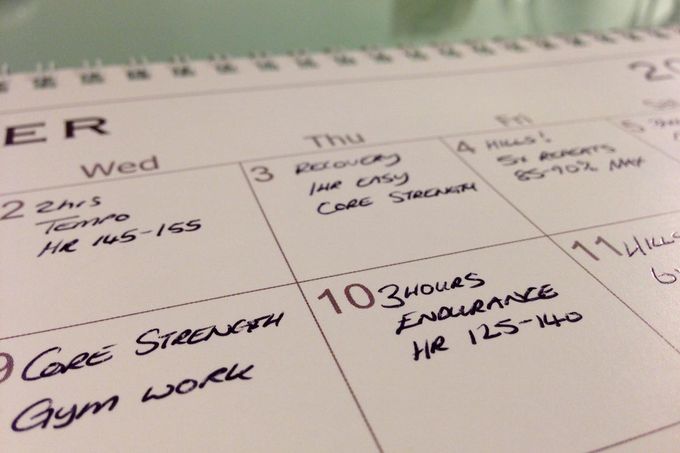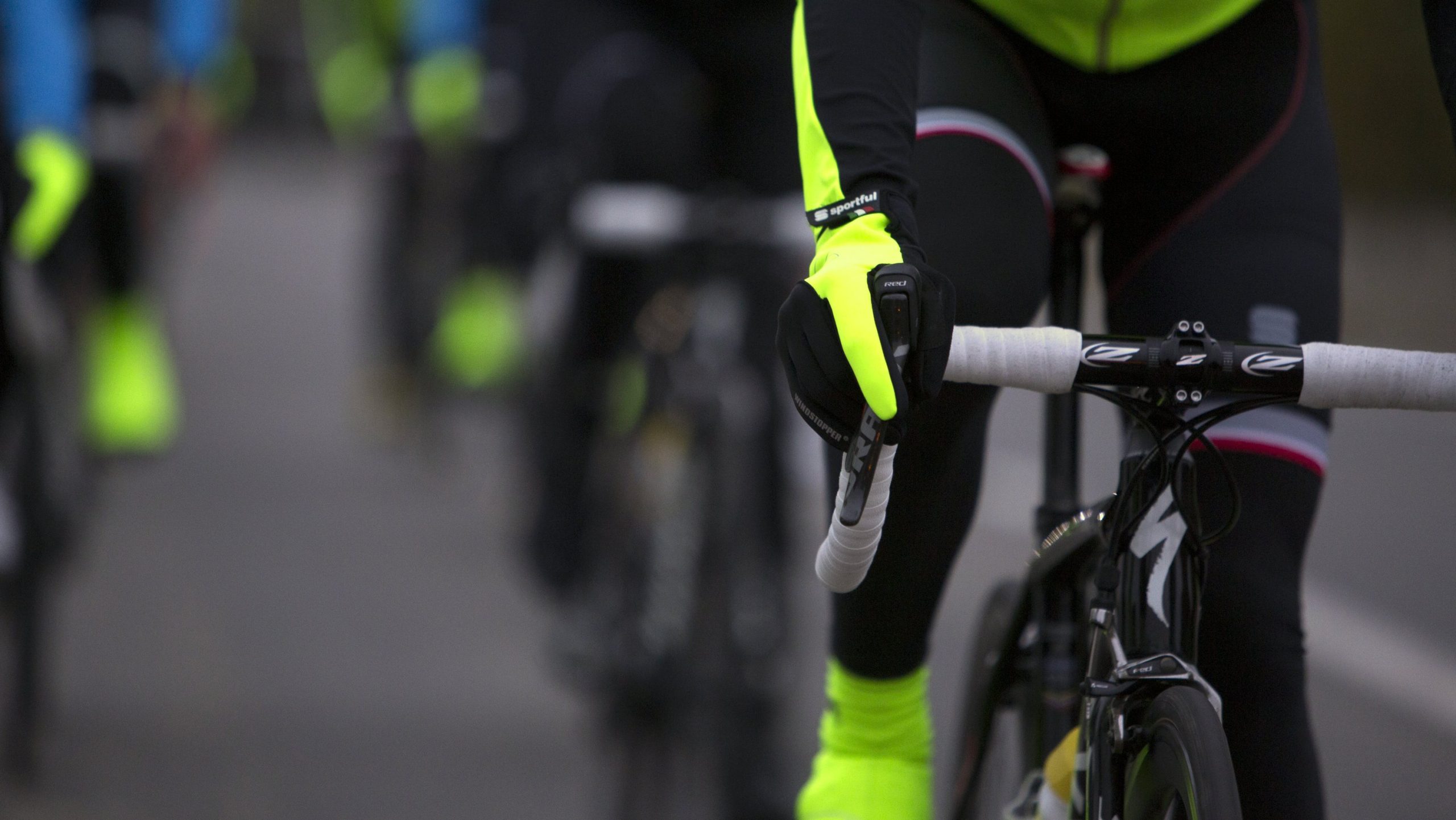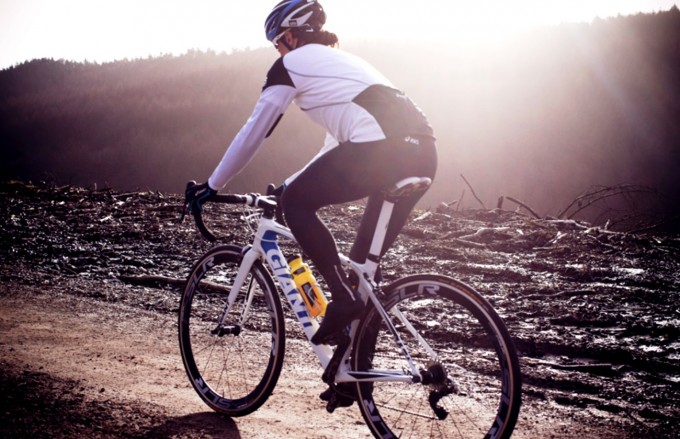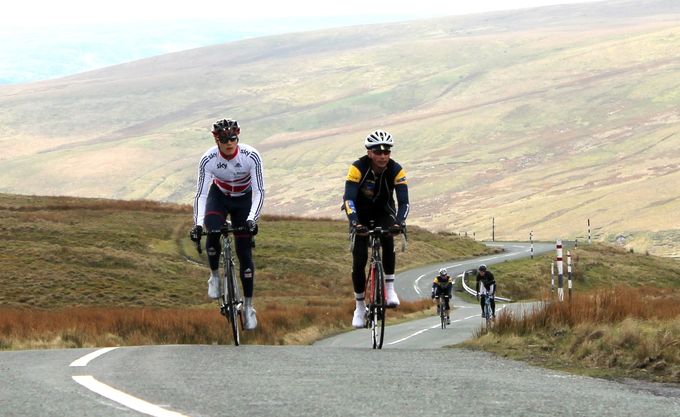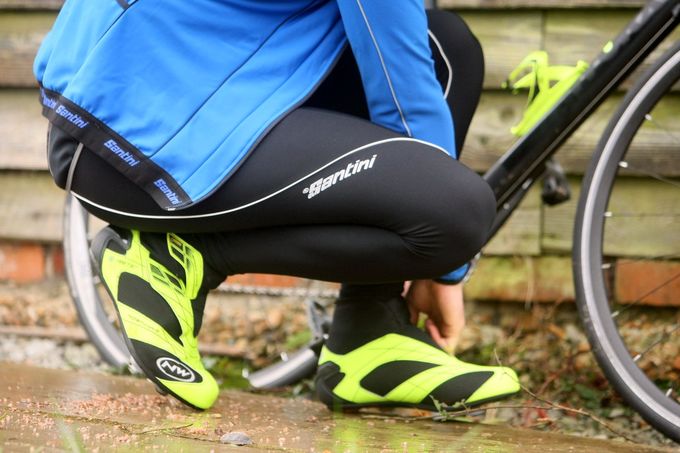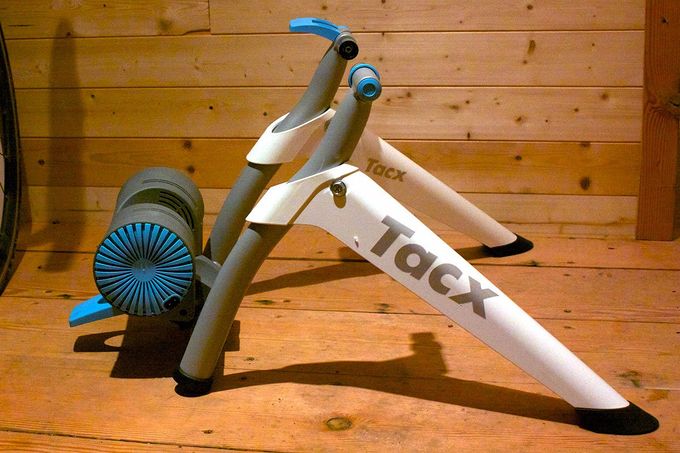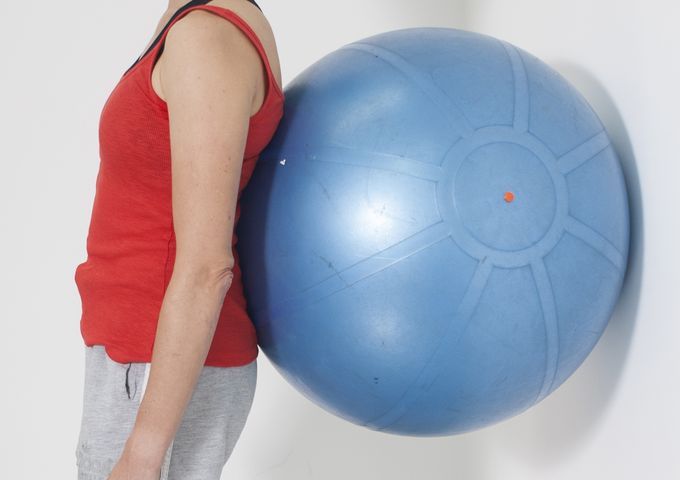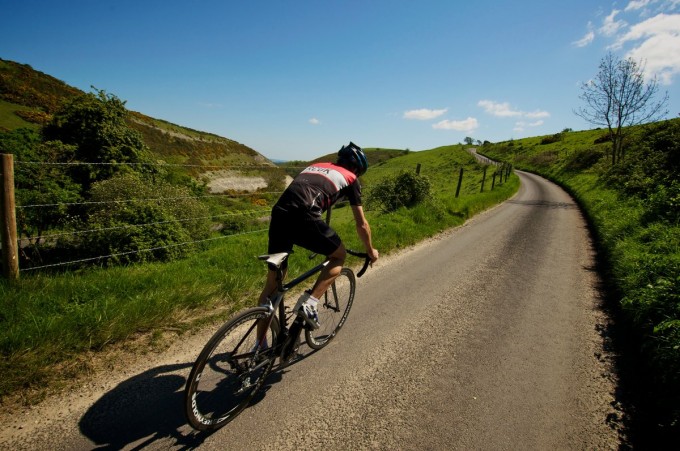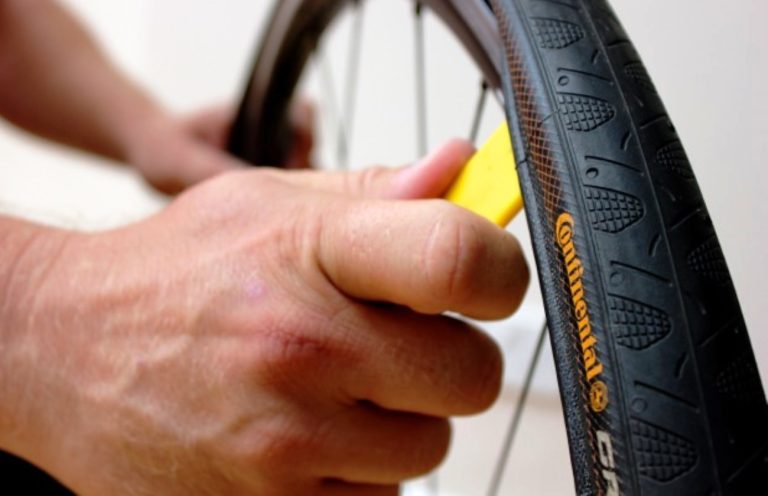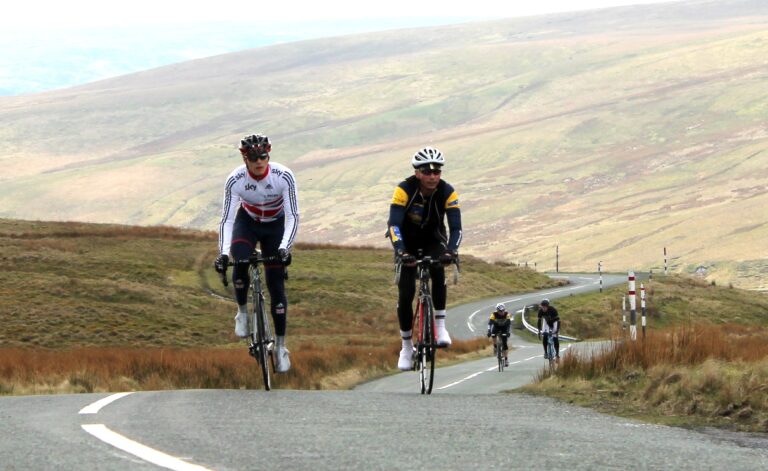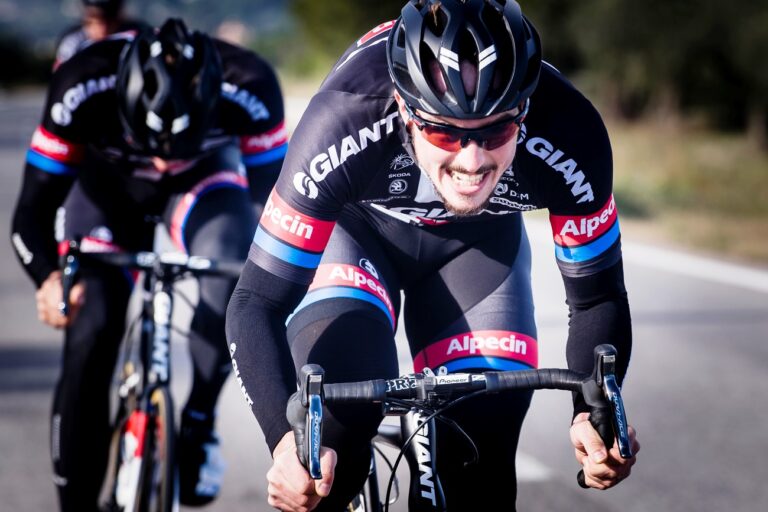8) Coaches advice – five final tips I’ve picked up along the way
Finally, here are five tips I’ve picked up along the way during my time both as a professional bike rider and coach.
Put your goals somewhere you can see them
Take the piece of paper you used to write down your season goals and put it somewhere you can see it. This might be in front of where you ride on the turbo or on your desk at work. This helps you stay focused on your goals and helps you get you on the bike even when your motivation might have gone missing.
Dentist
This is something you might not otherwise think about but go to the dentist as soon as possible after starting your winter training and get a check up. You don’t need me to tell you that the sugary drinks and energy bars you’ll have consumed over the summer aren’t the healthiest thing for your teeth. Go and get checked out before you start training and you should get through the winter without any problems. Trying to train with tooth ache on a cold and rainy December morning isn’t any fun.
Illness
Listen to your body. If you’re not feeling 100 per cent then it could be that you are coming down with something. Learn to identify the signs that a cold is on its way and if you feel these coming on then cut back your training load for a few days. Hopefully this will be enough to stop you becoming ill. If, however, you do come down with something then don’t stress about missed training. The winter is long and there is plenty of time to make up what you have missed.
– How to manage a cold or illness when training –
Again, the key is to be flexible. If you’ve missed this week due to illness then change the plan around and treat this as a recovery week. Don’t, however, jump straight back into full training as soon as you feel ok. Give yourself a couple more days than you feel you need and ensure you are 100 per cent before returning to full training, rather than coming back too soon and relapsing.
Get a bike fit
It’s a good idea to get your bike position checked early on in your training plan. This means that you reduce the risk of injury while also improving efficiency and power on the bike, plus over winter it gives you time to adapt to your new position, rather than having to go through that process when your focusing on an upcoming event. A good bike fitter will also be able to identify any imbalances that you can then address in your training.
– Six symptoms of a bad bike fit… and how to fix them –
Get a coach
This might sound like a hard sell coming from a coaching, but, as I’ve experienced through my career, a good coach can not only guide you through your winter training but can also help motivate you, as well as holding you back from doing too much when needed. Having someone else set, analyse and give feedback on your training should ensure your training is progressive and targeted to work on your weaknesses, as well helping you to get around any potential problems should they occur.
